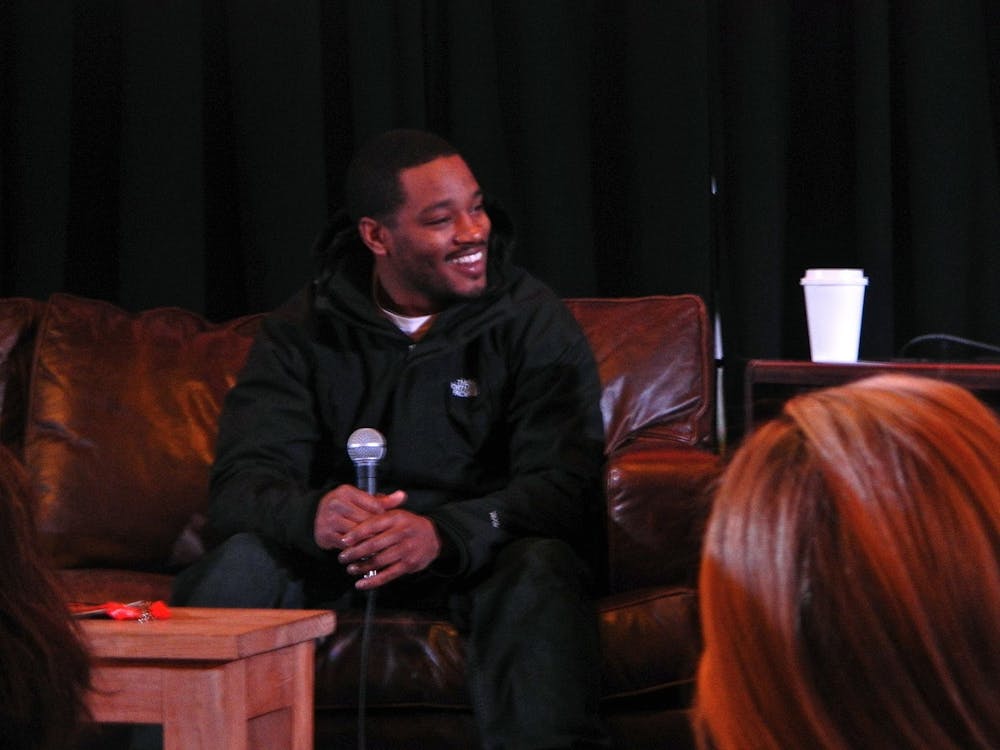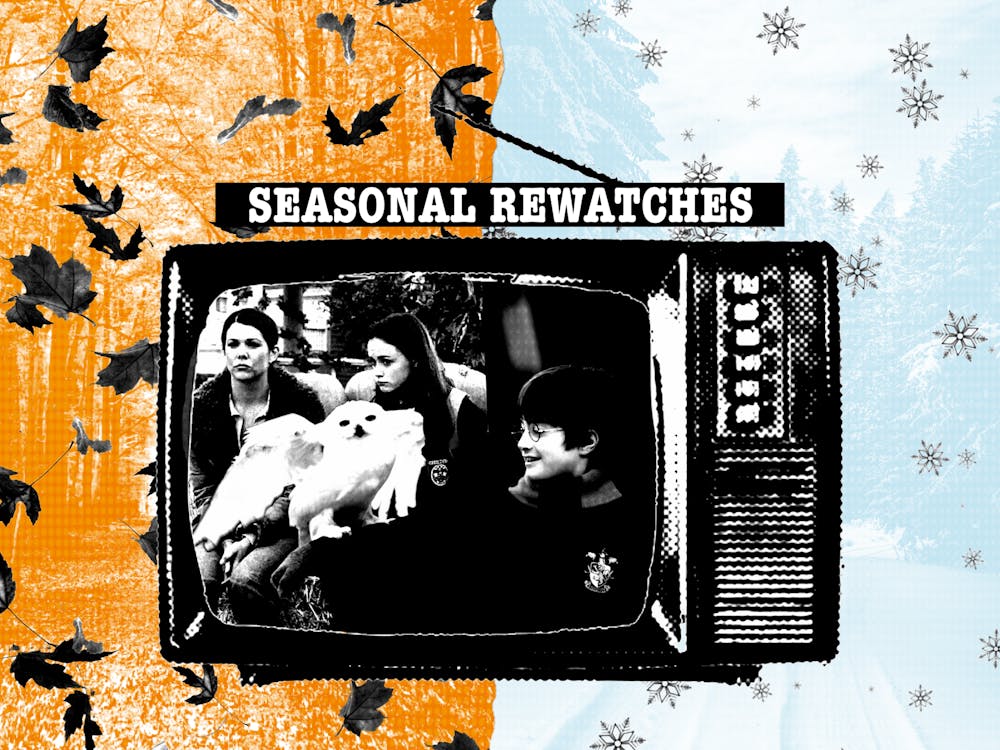If you’ve read any of my reviews of Marvel lately, you know the franchise is on thin ice with me after “Thor: Love and Thunder.”
But “Black Panther: Wakanda Forever” reminded me why I started loving Marvel in the first place.
“Wakanda Forever” honors the late Chadwick Boseman, who tragically passed in 2020 from complications with stage III colon cancer. I was concerned about how Marvel would handle passing Boseman’s role to another character in the Marvel Cinematic Universe (MCU), but I was happily surprised with what they chose.
When this movie was announced and Boseman passed, the internet panicked about who would take the mantle of the Black Panther. However, Kevin Feige said that recasting Boseman’s character was always out of the question.
Filmmakers have used various techniques in the past to bring back late actors, and I couldn’t be more thankful that Marvel avoided all of them. CGI T’Challa with a talented voice actor would have felt disrespectful to a man that died after a long struggle with cancer.
“Wakanda Forever” handled Boseman’s character death better than any character death I’ve ever seen.
I was stunned to see the Marvel pre-movie screen covered in images of Boseman playing his iconic character, silent and stoic that ended with an indigo background behind the Marvel logo. Whether they meant it as a tribute or not, the color for colon cancer is navy blue.
My only criticism is that they didn’t identify T’Challa’s illness. It didn’t have to match Boseman’s cancer diagnosis, but I found it insensitive to add vagueness to the death of the Black Panther, the protector of Wakanda.
Shuri desperately tries to save her brother by creating a synthetic heart-shaped herb to mimic the compound consumed by the Black Panther. In her haste to find the solution, she misses the one chance she has to say goodbye to her beloved brother. This is one of the many emotional moments that was handled well in this movie.
The funeral and procession for T’Challa displayed grief and celebration of life, a beautiful representation of Boseman’s character. There was even a heavenly moment where T’Challa’s casket was lifted into the sky while the camera focused on the engraved lid: the Black Panther with his arms crossed in the Wakanda Forever pose.
It’s been a long time since a Marvel scene took my breath away.
While I can’t talk much about the plot to avoid spoiling the movie, the costume design is something I need to mention. Every single outfit in this movie is immaculate, from the funeral attire to the royal wardrobe to the improved Black Panther suit. I could not stop thinking about how incredible the clothes were for this movie.
Enjoy what you're reading?
Signup for our newsletter
This includes all the cultural references to African fashion and Latino culture, specifically Mayan, hidden within the costumes throughout the movie. Namor, the main villain, adorned a beautiful and traditional Mayan headdress near the climax of the movie.
Marvel has dropped the ball on their villains. Namor is the exception.
I wish I could talk more about the specific plot events surrounding this multi-dimensional Mayan villain. What I can say is how culturally detailed he was, speaking a dialect of ancient Mayan, dressing as a traditional ruler, and even using a Mayan hand symbol similar to the Wakanda Forever sign.
Marvel did their homework with the cultural side of this character and it shows.
The criticisms I have include the cultural tensions of having a black African nation fighting against a Mexican-Mayan tribal nation and a major character injury that isn’t resolved in a clean way.
And I know most fans will enjoy the end credits scene that sets up a sequel for the “Black Panther” movies, but I felt it was a cheap way to end such a fantastic movie.
This movie is if the best parts of “Doctor Strange: Multiverse of Madness” and “The Batman” were combined into a Marvel film about reflecting on grief.
The two Marvel movies have the same plot: a villain wants to destroy a younger character to prevent said character from causing their demise, and the hero has to stop them. It reminded me of “The Batman” because of how calculated and unexpected Namor was as a villain, similar to the Riddler and his army of minions.
The first “Black Panther” highlighted the Black community culturally, and this movie stepped it up a notch by representing Latino and Mayan cultures along with African traditions.
“Wakanda Forever” is amazing, and that’s high praise from a Marvel fan who has thought about ghosting the MCU for a while.
Rating: 8/10




